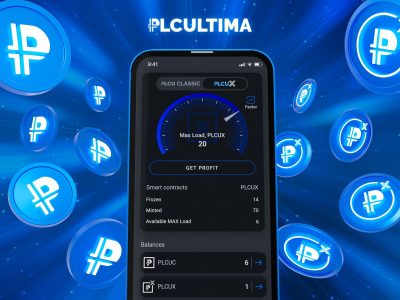
In the realm of large-scale SEO, internal linking often doesn’t get the recognition it deserves. Yet, when implemented strategically, internal linking can become a powerful tool for improving website architecture, enhancing user experience, and boosting keyword rankings across thousands of web pages. For organizations managing expansive websites with complex hierarchies, internal linking is not just helpful—it’s essential. Whether you’re an in-house team or working with an enterprise seo consultant, understanding the nuances of internal linking can transform your search performance.
Why Internal Linking Matters for Enterprise SEO
Internal linking is the practice of linking one page of a website to another page within the same domain. While it seems simple, this tactic carries significant weight for SEO, especially on large enterprise websites that span hundreds or even thousands of pages.
Search engines like Google use internal links to discover new content, understand the site’s structure, and determine the relative importance of pages. Effective internal linking ensures that important landing pages receive the link equity they need, helps distribute authority, and creates logical pathways for both users and search engines to follow.
Improved Crawlability and Indexation
One of the greatest challenges enterprise websites face is crawlability. When websites balloon in size, search engine bots can struggle to find and index every valuable page. This can result in orphan pages—pages with no internal links pointing to them—which are often left out of the search index entirely.
Internal linking improves crawl efficiency by giving bots structured pathways to follow. It ensures no important pages are hidden and that the crawl budget is used efficiently. By linking high-priority pages from main navigation menus, contextual content, and even footers, enterprise websites can maintain full visibility in search results.
Distributing Link Equity Strategically
In SEO, not all pages hold the same value. Some attract a large number of backlinks, while others serve as conversion points or high-traffic assets. Internal linking allows webmasters to transfer authority (or “link equity”) from high-authority pages to those that need a boost.
For example, if a blog post on an enterprise website has accumulated backlinks over time, it can serve as a source to link internally to product or service pages that are struggling to rank. This strategic flow of link equity helps strengthen the visibility of pages that might not attract links organically.
Enhancing User Experience and Engagement
A strong internal linking structure is not only beneficial for SEO—it’s also vital for user experience. Visitors are more likely to engage with a site that offers clear, relevant navigation paths. Internal links guide users through related content, increasing session duration and reducing bounce rates—two behavioral metrics that can indirectly influence SEO performance.
On large enterprise websites, users can easily become overwhelmed or lost. Internal links provide direction, funneling users to high-value pages, such as product categories, service descriptions, or conversion-focused landing pages.
Contextual Linking and Semantic Relationships
Enterprise-level SEO requires a deep understanding of topical authority and content relationships. Contextual internal linking—embedding links within the content body—reinforces the semantic connection between related pieces of content.
For example, linking a blog article about “AI-driven analytics” to a related whitepaper or case study helps establish a topical cluster, signaling to search engines that your website is an authoritative source on that subject. These clusters can help your site rank for broader, competitive terms while also capturing long-tail keywords.
Using Tools and Automation to Scale
Scaling internal linking across thousands of pages is not easy without the right tools. Fortunately, many enterprise SEO platforms offer automated solutions to identify internal linking opportunities and monitor existing structures. These tools can audit your website for orphaned content, suggest relevant anchor texts, and highlight broken links.
However, automation should be used with caution. While it speeds up the process, manual oversight is essential to ensure that links are contextually appropriate and align with user intent. Over-optimized anchor text or irrelevant link placements can harm rather than help your SEO.
Best Practices for Enterprise Internal Linking
To get the most from your internal linking strategy, enterprise teams should follow a few best practices:
1. Use Descriptive, Natural Anchor Texts
Avoid generic terms like “click here” or “read more.” Instead, use keyword-rich, relevant phrases that accurately describe the linked page.
2. Maintain a Logical Hierarchy
Ensure that parent and child pages are connected properly, and that each level of the site architecture is accessible via internal links.
3. Audit Regularly
Periodically review internal links to fix broken URLs, update outdated content, and refine anchor text.
4. Link Deep
Don’t just link to top-level pages. Include links to deep, high-value content to maximize discoverability.
5. Limit the Number of Links Per Page
While there’s no strict limit, too many links on a single page can dilute link equity and confuse both users and search engines.
Conclusion
Internal linking is a foundational pillar of enterprise SEO. It enhances crawlability, distributes authority, supports topical relevance, and improves user experience—all of which contribute to better search engine rankings. For enterprise-level websites, where scale and complexity pose ongoing SEO challenges, building a smart internal linking strategy is not optional—it’s mission-critical. By working closely with an experienced enterprise seo consultant, businesses can ensure their internal linking efforts are aligned with long-term growth and visibility goals.







